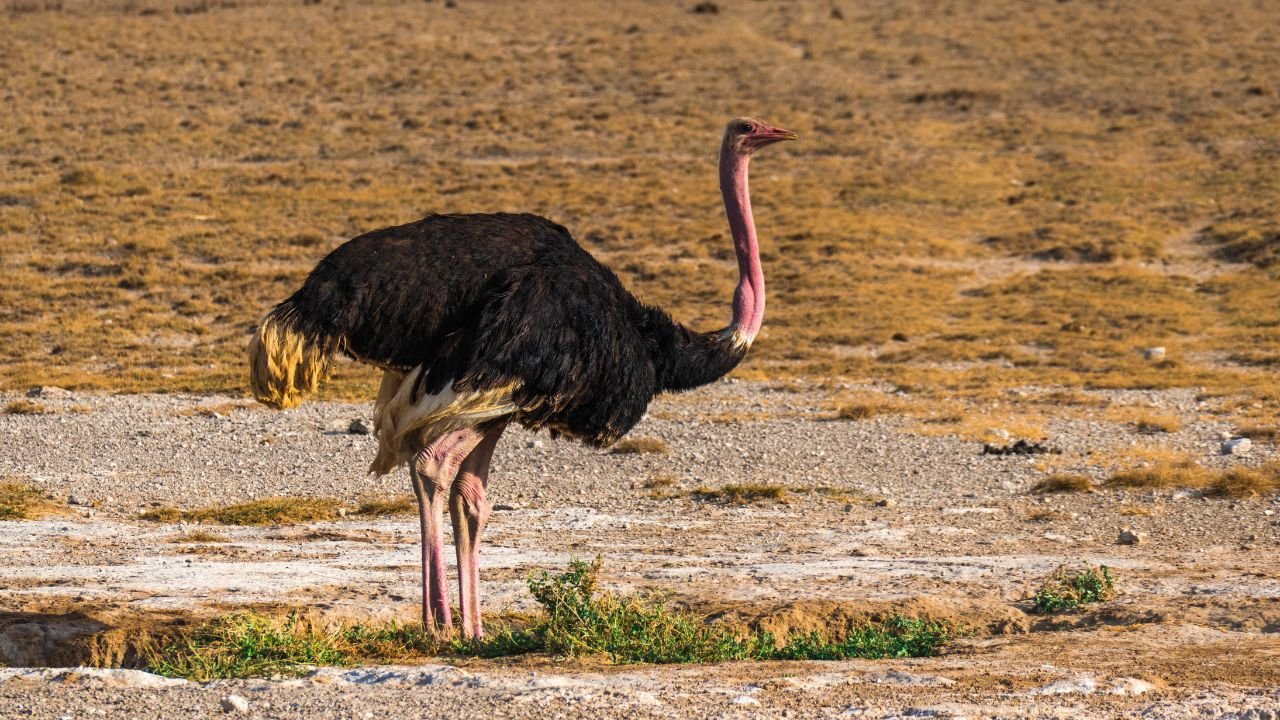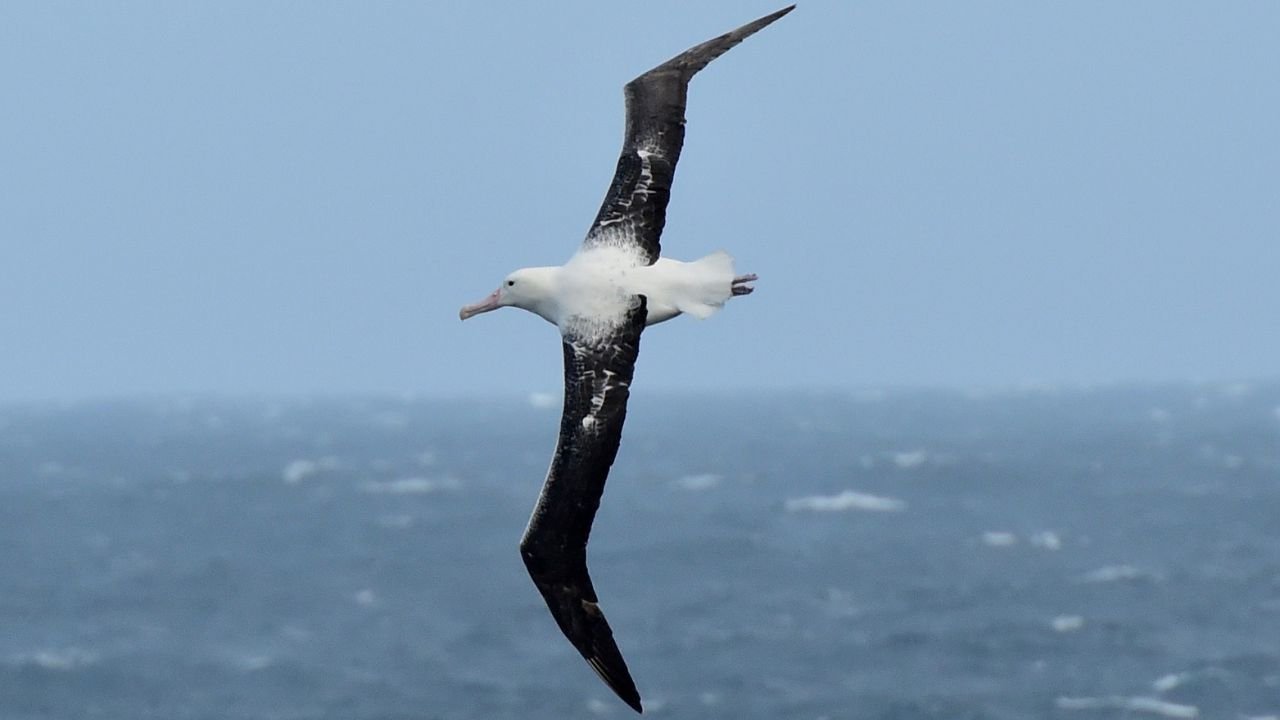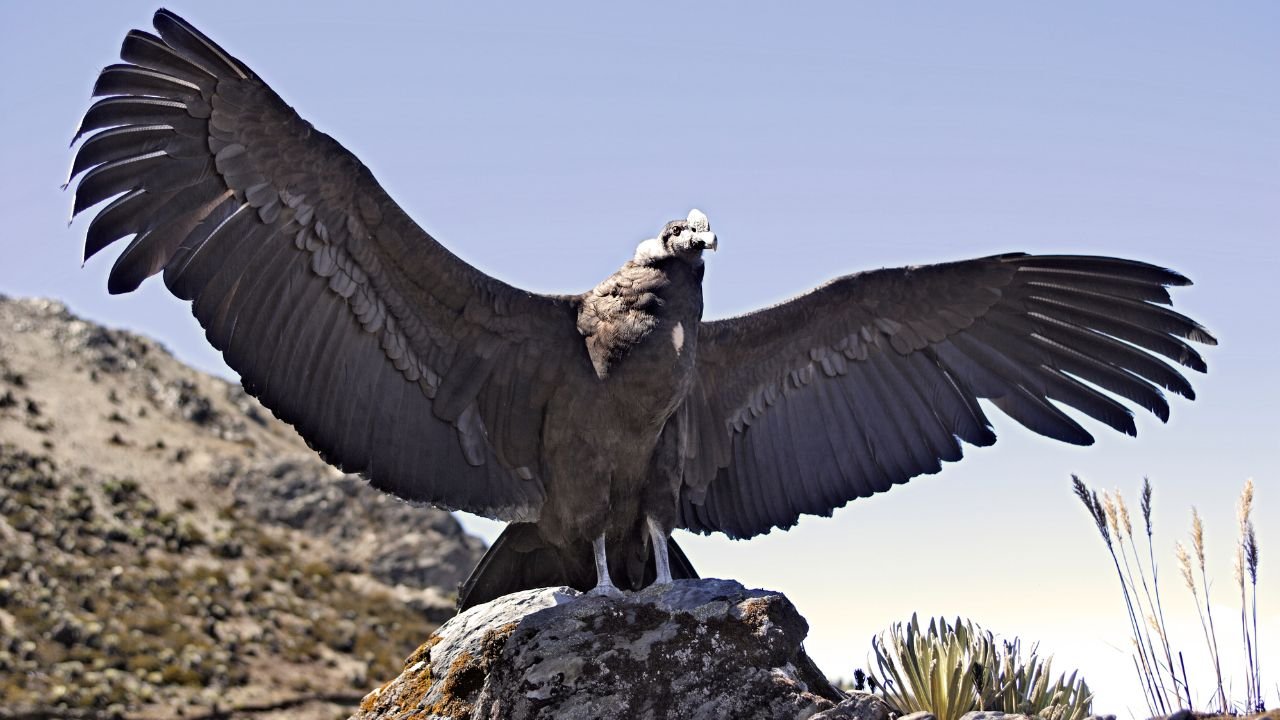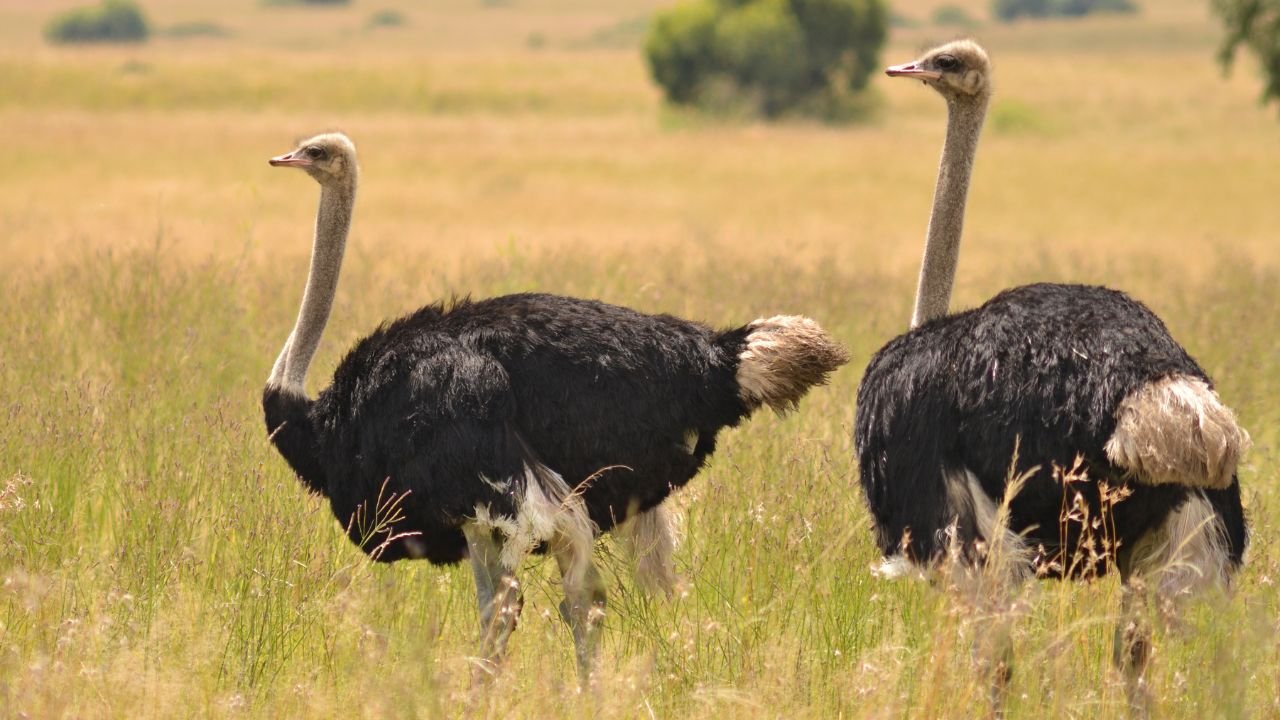There are about 18,000 bird species in the world, nearly twice as many as previously thought. Out of all these species, the largest bird species in terms of mass is the common ostrich followed by the Somali ostrich. However, the biggest bird in terms of largest wingspan is the Wandering Albatross followed by the White Pelican. Let’s study them in detail!
What is the biggest bird?

The biggest bird in terms of mass is the Common Ostrich with an average height of 9 feet and average weight of 220 to 350 pounds. They are commonly known as Ostrich; however; their scientific name is Strutho Camelus. They are omnivores and feed on plants including grass and seeds. Their group type is Herd and have an average life span of 40 years.
The biggest bird in terms of wingspan is the Wandering Albatross with a wingspan of 11 – 12 feet and they weigh up to 22 pounds. They are commonly known as Albatrosses; however, their scientific name is Diomedeidae. They are carnivores and feed on animals like squids and fish. Their group type is flock and they can fly in the air for years even without touching the land. Their average lifespan in the wild is up to 50 years.
The biggest bird of prey is the Andean condor with a wingspan of 10.5 feet and an average height of 4 feet. Their scientific name is Vultur Gryphus. They are carnivores and are impressive scavengers. They prefer to feast on large animals and are well known for picking up on carcasses which is ecologically important to keep nature clean. They weigh upto 33 pounds and prefer to live in windy areas for effortless flights.
What is the biggest bird in terms of mass/weight?
The biggest bird in terms of mass or weight is the common ostrich (Struthio Camelus). A male ostrich can reach a height of 2.8 metres (9.2 feet) and weigh over 156.8 kg (346 lb). Not only is the ostrich itself the biggest bird but its eggs are also the largest of any bird, averaging 1.4 kg (3.1 lb) and the largest eyes of any bird species.
What are the few Facts About Common Ostrich?

The common ostrich (Struthio camelus) is an impressive bird known for its large size, speed, and unique reproductive behaviour. Here are some interesting facts about the common ostrich:
- Size and Weight: Adult ostriches can measure up to 9 feet tall. The males are taller than the females. They weigh 350.527 pounds (159 kilograms) with a long neck and robust legs that stand up to a massive 2.7m tall.
- Habitat: Common ostriches are found in certain large areas of Africa, including savannahs and open woodlands.
- Speed: Ostriches are very speedy birds. They use their strong legs to run incredibly fast. They can sprint up to 43 miles per hour (70 kilometres per hour).
- Appearance: Male ostriches have black-and-white plumage, while females have a more brownish colouration. The males have pinkish skin, which becomes red during the breeding season.
- Reproduction: The dominant male ostriches form a harem with several females, all of whom lay their eggs in a communal nest. Males incubate the eggs during the day, while the females take turns at night.
- Diet: Ostriches are omnivores and feed on various plants like grass, leaves, seeds, and flowers as well as insects, lizards, and small mammals.
What is the biggest bird in terms of the largest wingspan?
The bird with the largest wingspan is the Wandering Albatross (Diomedea Exulans). Their maximum wingspan is 12.1 feet. However, reportedly there are such wandering albatross that have a potential wingspan measuring 17 feet, 5 inches, due to which they can go years without touching land.
What are the few Facts about Wandering Albatross?

The wandering albatross (Diomedea Exulans) is a magnificent seabird known for its impressive wingspan and its ability to fly gracefully over the open oceans. Here are some of the facts about the wandering albatross:
Wingspan: The wandering albatross has the largest wingspan of any living bird which is approximately 12 feet, tip to tip.
Habitat: Wandering albatrosses are found primarily in the Southern Ocean, particularly around Antarctica, sub-Antarctic and subtropical waters. Moreover, they can also be found in the Southernmost parts of Africa, South America, and Australia, to the sub-Antarctic islands.
Appearance: These birds have predominantly white plumage, with black feathers on their wings and back. They have a large, hooked bill and pinkish legs and feet. Adult wandering albatrosses also have a distinct pale yellow or pinkish-orange spot on the sides of their heads.
Life Span: Wandering albatrosses are known for their long lifespans. They can live for over 50 years, with some individuals recorded to have lived up to 70 years or more.
Diet: These seabirds are skilled foragers and mainly feed on fish, squid, and other marine organisms. They have a keen sense of smell due to which they can smell food in the water from 12 miles away. They also take advantage of the feeding opportunities created by other marine animals like seals and whales.
Breeding: Wandering albatrosses are monogamous. They mate for life and typically breed on remote, isolated islands in the Southern Ocean, where they build large nests made of grass and other natural materials. Female albatrosses lay a single egg, which both parents take turns incubating for around 80 days. They can also live and raise chicks into their 60s. Chick takes several years to fledge and become independent.
What is the Biggest bird of prey?
The largest bird of prey is the Andean condor (Vultur Gryphus). It has a wingspan of up to 10.5 feet and can weigh up to 33 pounds. The Harpy Eagle (Harpia Harpyja) is another large bird of prey, known for its powerful talons and impressive size. It has a wingspan of up to 7 feet and can weigh up to 20 pounds
What are the few facts about Andean Condor?

The Andean Condor (Vultur gryphus) is a remarkable bird of prey found in the Andes Mountains of South America. Here are some additional details about this fascinating species:
Size and Appearance: The Andean condor is one of the largest flying birds in the world with a wingspan of up to 10.5 feet and a weight of up to 33 pounds. It has a distinctive black plumage with white patches on its wings and a featherless head that can vary between individuals, making it easy to differentiate between both sexes. For instance; Adult males typically have a fleshy comb on top of their head, while females lack the comb and have red eyes.
Habitat: These condors inhabit high-altitude regions, including mountainous areas, cliffs, and open grasslands of several countries in South America, including Argentina, Chile, Peru, Bolivia, and Ecuador.
Feeding Habits: Andean condors are scavengers and primarily feed on carrion (dead animals) which is very important to keep nature clean. They have a keen sense of smell, which helps them locate food from great distances. They fly high on air currents to save energy while searching for carcasses.
Breeding: Andean condors have a slow reproductive rate. Females lay a single egg every other year, which both parents take turns incubating for about two months. They typically reach sexual maturity at around six to eight years of age. Breeding pairs build large nests on cliffs or in caves, using sticks and other materials.
What is the largest living bird?
The largest living bird is the common ostrich (Struthio camelus). It is not only the tallest bird, but it is also the heaviest bird. Adult males can weigh between 350.527 pounds (159 kilograms), while females typically weigh slightly less (198 to 242 pounds).
Ostriches are flightless birds native to Africa and are known for their long necks, powerful legs, and distinctive plumage. They also lay the largest eggs of any living bird and have the largest eyes of any bird species.

